How is the world going to answer the COVID-19 challenge? What will be the policy responses to the conjuncture of crises manifested in the current moment? Where will the answers and the policy responses come from? The history of global goals provides insights into the importance of politics and societal engagement to respond to historic turning points with ambition.
The domestic relevance of global goals
The Berlin Wall fell in 1989, a year of conjunctural change in many countries. The fall of the Wall occasioned a rethinking of international development cooperation. No longer would the bipolar struggle between the Soviet Union and the West, and the binary choice between communism and capitalism, suffice to mobilize publics and parliaments to finance development in Third World countries.
Official development assistance (ODA) is coordinated by the Development Assistance Committee (DAC) at the OECD in Paris. Senior officials from advanced countries meeting at the DAC in the mid-1990s faced a quandary. The Cold War narrative had run its course. A fresh vision for global cooperation for development was vital for communicating new purposes to publics and parliaments.
A long series of U.N. conferences beginning in 1990 on education, children, environment, human rights, population, women, and social development were underway involving civil society leaders and government officials from around the world. By the spring of 1996, senior officials from DAC donor governments had distilled seven goals from scores of them from the U.N. conferences for approval by DAC ministers of development cooperation in May 1996. These seven goals on poverty, access to education, gender equality, child and maternal mortality, reproductive health, environmental sustainability and global partnerships, each with specific targets and indicators to be achieved by 2015, became known as the International Development Goals (IDGs).
The IDGs were the precursors of the MDGs (the Millennium Development Goals) for 2015, which were the forerunners for the current set of 17 goals for 2030 for all countries, including for the first time advanced countries. These 17 Sustainable Development Goals (SDGs) are the core of Agenda 2030 endorsed by the 194 country members of the United Nations in September 2015.
This response in 1996 to the end of the Cold War in 1989 led to the sequence of global goals. This initial response in the mid-1990s shifted the dynamics of development from a dominance of economics to a multi-disciplinary, multi-ministerial approach. This shift led to calls for “integrated development strategies,” “whole of government approaches,” “policy coherence,” and “systemic transformation,” It broke the grip of the Washington Consensus, a set of 10 economic policy reforms designed to liberalize national economies and international economic relations that was more concerned about markets and finance than people and social concerns. This response was a turning point in “visioning the future,” which has driven changes in development practice domestically and development cooperation internationally since then.
Fast forward to 2020 and to the quandaries the world is facing now, and we can find inspiration from the way the international community of nations developed processes and instruments for dealing with major historical turning points.
Now, as then, all countries need vision to guide actions toward the future. These visions need to have policy content, with specific actions that can leverage fundamental change toward futures that societies want for themselves that are different from and better than the present. There need to be ways to track progress so that there is public awareness of the need for policy adjustment and public accountability of governments to achieve the results societies expect. As a consequence of the IDG-MDG-SDG sequence, there are already processes in place in most countries for integrated national strategies that embody individual country visions of the future in 2030 in relation to the 17 SDGs, with still more specific sets of targets and quantitative indicators to monitor progress and share experience internationally. The entire global system of international institutions was and is geared up to support these domestic efforts.
The problem and opportunity
But most people in the world have never heard of the SDGs, the MDGs, or the IDGs, and are unaware that a global effort is already underway to create “better futures.” The problem with the processes generating the sequence of global goals is that the animus for societal engagement was not present between 1996 and 2019. Social values, social awareness, and social responsibility have been below the thresholds necessary for social action. For nearly a quarter of a century, despite considerable efforts to involve civil society, business, religious leaders, and youth, global goals have been the province of international experts, officials, and nongovernmental organizations. The global goals have not yet animated broad public engagement, nor has their relevance to domestic social concerns been woven into the fabric of society through politics.
The current conjuncture is a game changer. The combination of the COVID-19 pandemic and the economic fallout from it, have led to a new global awareness of the disproportionate and discriminatory impact of both crises on people of color. The walls of discrimination, exclusion, and prejudice are stronger than the Berlin Wall and are still standing.
But now in this current moment, everyone knows what publics have never been fully aware of before, that the challenges we all face are systemic and that fundamental changes are imperative. To deal with the social interconnectivity manifested by the pandemic, the social impact of economic policies, systemic racism, and the threats to planetary sustainability, there is no going back to normal. Systemic transformations are required.
This new social awareness of the deep fissures in societies, economies, and polities is what has been the missing connective tissue between aspirational goals and the politics of implementation, up to now.
What is happening now in 2020 is that social awareness has been awakened by the combination of the massive scale of the pandemic, by the dramatic economic disruption caused by it, and by the systemic racism revealed by it. This new social awareness has been generated within the domestic, local settings in which we all live, deeply affecting our daily lives and rippling outward to new understandings of broader social dynamics within our countries and between them.
The awareness that the social conditions of others impact directly on everyone, is now unavoidably obvious. The mask is the new symbol of social awareness and social responsibility: “I need to wear the mask to protect you; and you need to wear the mask to protect me.” Social responsibility is not just a moral high road; it is compellingly reciprocal.
Where do we go from here?
The next step is for this new social awareness to stimulate a new politics that craves “better futures,” realizes that “visioning the future” is indeed a political act, that goals give flesh and power to new visions, and that monitoring progress is not just technocratic but essential for realizing new historical thrusts of societies.
Goals are not gobbledygook. Goals are instruments for energizing societies to realize their highest callings and to pull together for better futures and the common good. The SDGs are not the fabrication of a global elite but came from societies and from national leaders. Agenda 2030 and the 17 SDGs are not molds to which societies have to conform but are suggestive guideposts for stimulating national debates about “what do we do now?”, now that we understand better than before how vital social connections are to personal survival.
Goals can generate hope, provide a framework for national conversations, serve as a checklist of vital issues to discuss, constitute a menu for societies to choose from rather than a recipe to be followed, and offer 25 years of experience in using quantitative metrics to track progress, hold governments and others accountable to commitments made, and share experiences internationally to gain support for implementation and effectiveness.
Agenda 2030 and the SDGs approved by all countries in 2015 are there for anyone to use to seize this moment and drive transformative change so the future we get is aligned with the future we want, now that it is clear that a “better world for all” is in the self-interest of everyone. Global goals came from people all over the world; they constitute an integrated people-centered, planet-centered agenda for the transformational change necessary for achieving social, economic, ecological, and political sustainability so clearly needed now. The missing connective tissue of social awareness is now palpably present. What needs to happen next is for social awareness to translate into social responsibility by new politics at the local, national, and global levels, generating the social engagement necessary to implement transformational change.
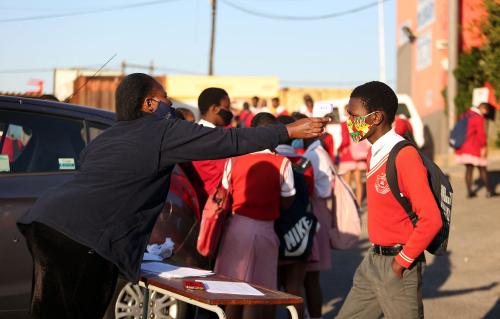
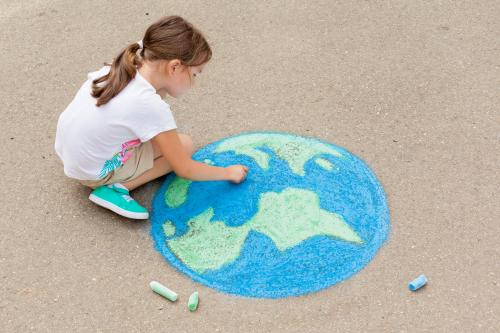
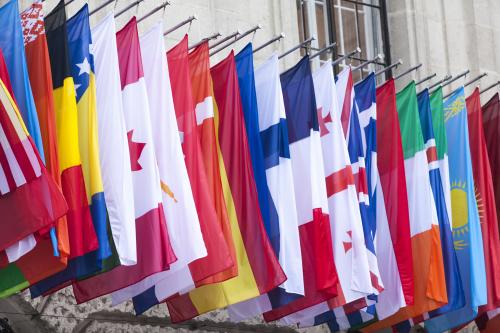
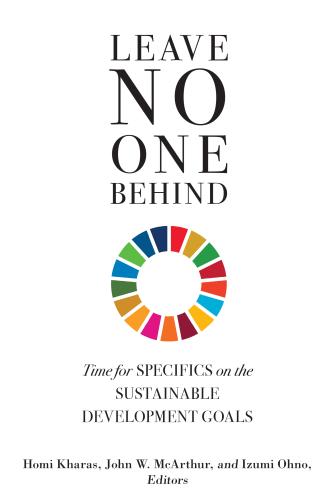
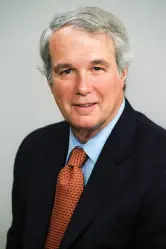



Commentary
Op-edGlobal goals and domestic politics: The missing connective tissue is now palpably present
September 24, 2020